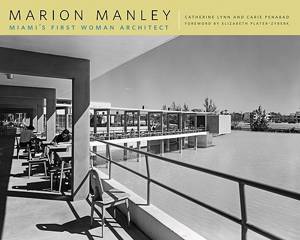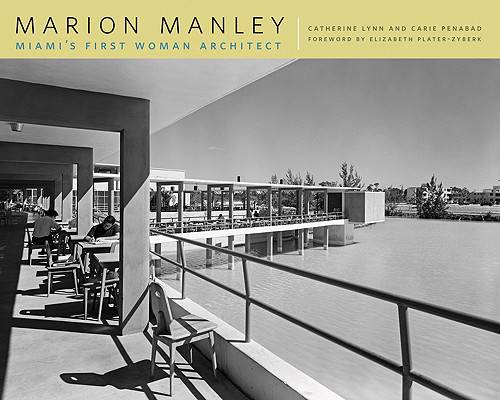
- Retrait gratuit dans votre magasin Club
- 7.000.000 titres dans notre catalogue
- Payer en toute sécurité
- Toujours un magasin près de chez vous
- Retrait gratuit dans votre magasin Club
- 7.000.0000 titres dans notre catalogue
- Payer en toute sécurité
- Toujours un magasin près de chez vous
Description
Marion Manley (1893-1984), Miami's first female architect, successfully maintained an independent architectural practice in South Florida over much of the twentieth century. In this first comprehensive, illustrated work on Manley, Catherine Lynn and Carie Penabad explore the relationship of Manley's work to her life and to the broader historical moment of which she was a part, including the overall development of the city of Miami. The book catalogs all of Manley's known work, includes images and plans where available, and provides detailed examinations of what the authors consider to be her best, most emblematic work in each phase of her long career.
Best known as one of the designers of the innovative University of Miami campus built just after the Second World War, Manley worked on other public buildings that are less well known, including an addition to the John Ringling Museum in Sarasota. Her residential work is interesting as well: modest and rational, with careful consideration of regional characteristics and construction appropriate to the South Florida landscape. As noted architect Elizabeth Plater-Zyberk remarks in her foreword, "Understanding the reduced circumstances of the provenance of these buildings and their low-tech characteristics such as rooms with cross ventilation, large areas of shaded glass, and the almost tactile relationship to the adjacent landscape, we must admire the legacy of Marion Manley."Spécifications
Parties prenantes
- Auteur(s) :
- Editeur:
Contenu
- Nombre de pages :
- 248
- Langue:
- Anglais
Caractéristiques
- EAN:
- 9780820334066
- Date de parution :
- 15-02-10
- Format:
- Livre broché
- Format numérique:
- Trade paperback (VS)
- Dimensions :
- 201 mm x 254 mm
- Poids :
- 907 g

Les avis
Nous publions uniquement les avis qui respectent les conditions requises. Consultez nos conditions pour les avis.






